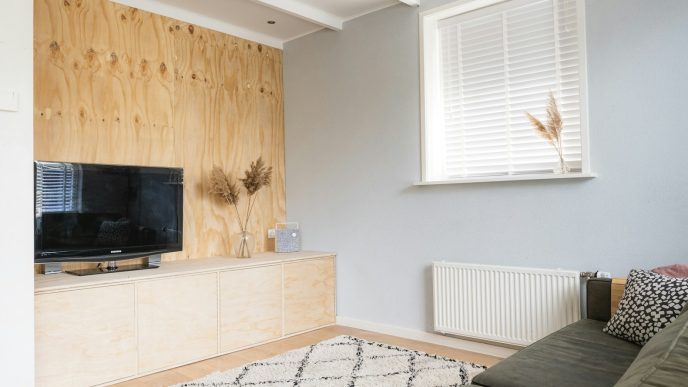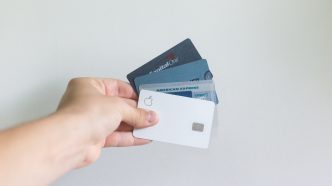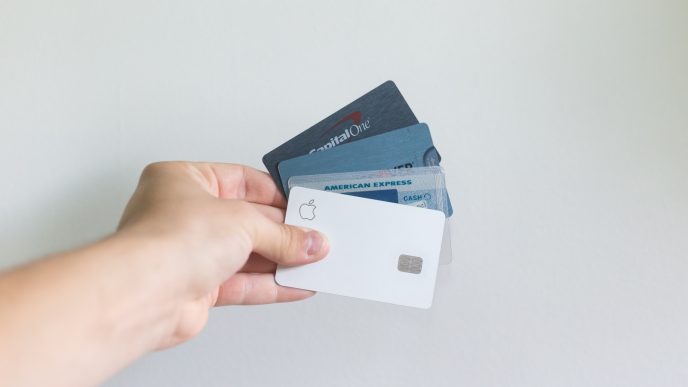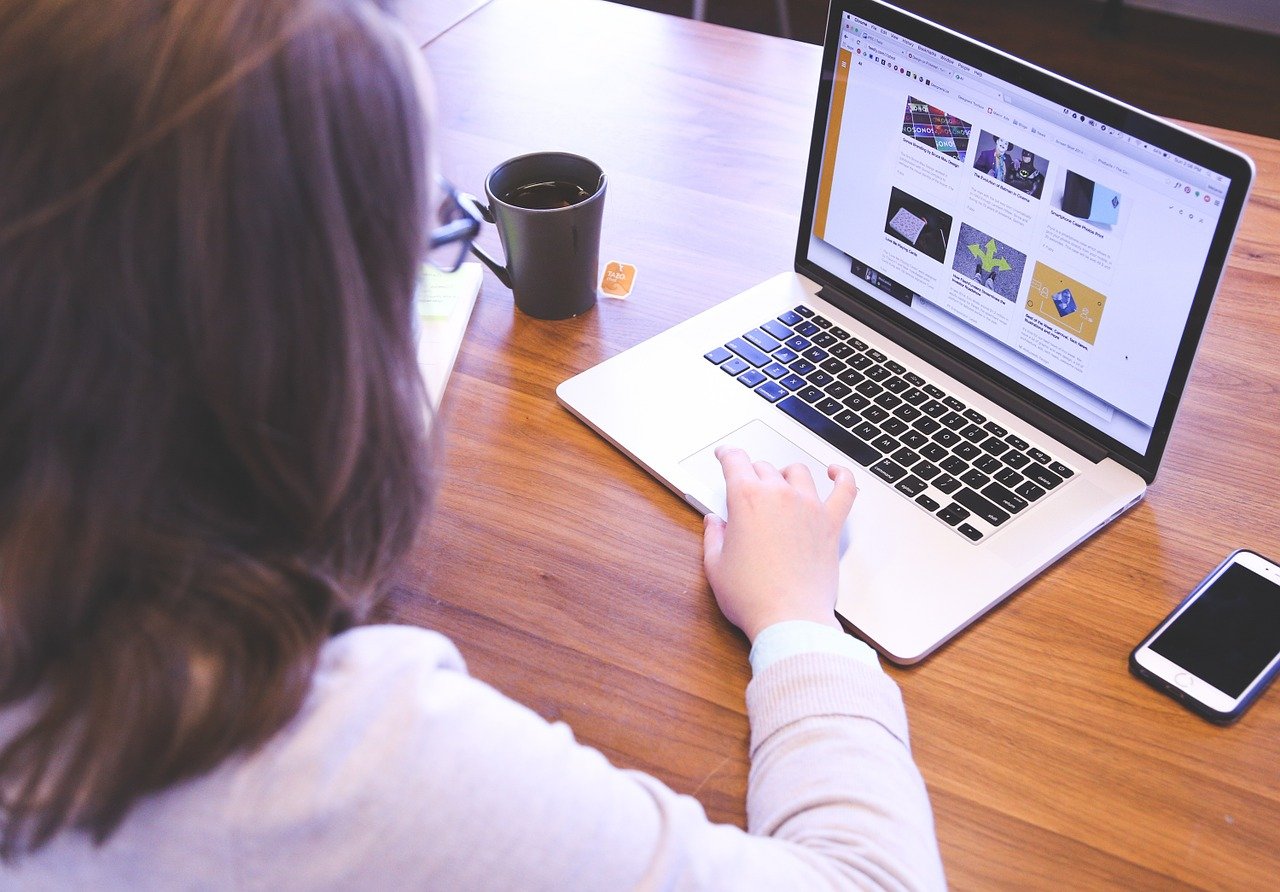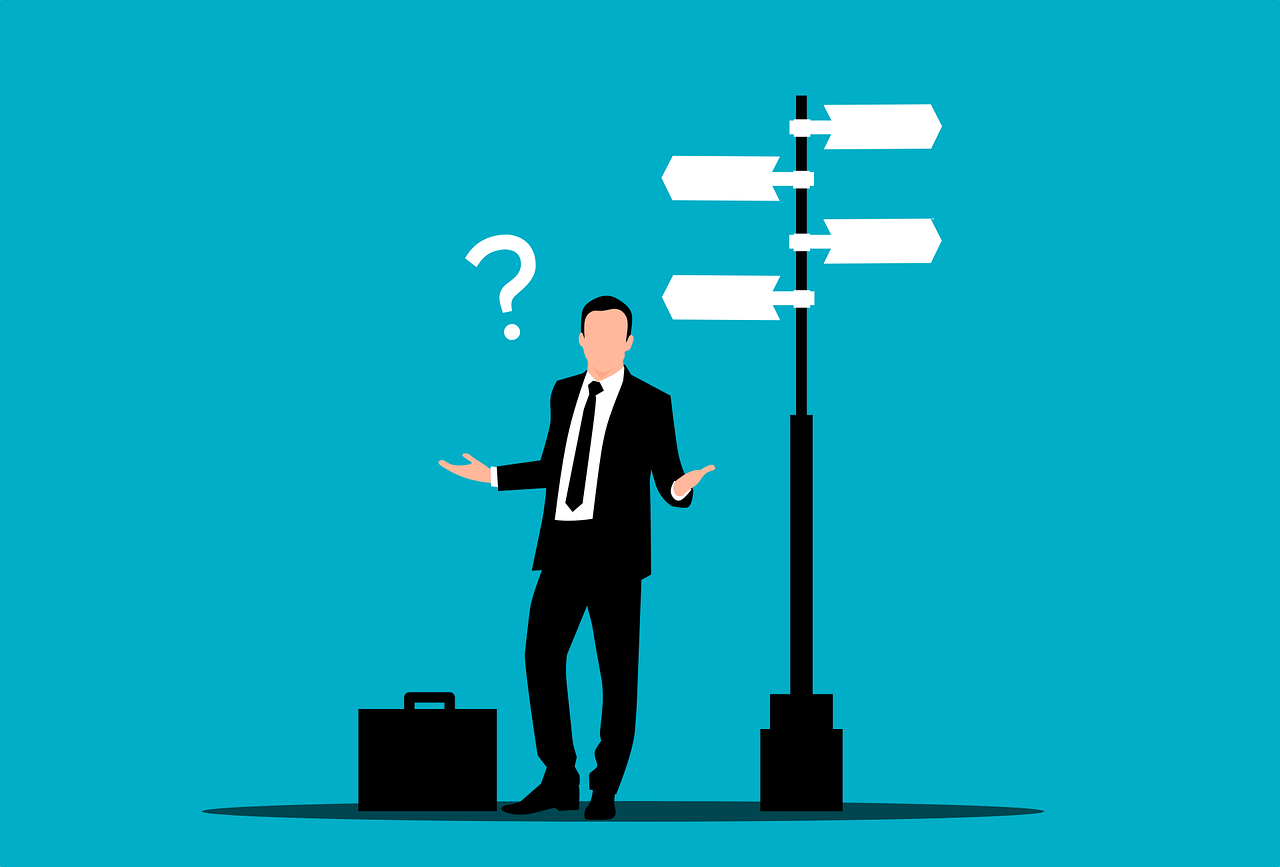Experiencing lower back and genital pain can be distressing and confusing. You may find yourself wondering what could be causing these discomforts and how to alleviate them.
Understanding the potential reasons behind these symptoms is crucial for finding effective relief. This article aims to shed light on the possible causes of your pain and offer practical advice on addressing it.
Common Causes of Lower Back and Genital Pain
Muscle Strain
One of the most common reasons for lower back pain is muscle strain. This can occur due to heavy lifting, sudden movements, or poor posture. When muscles are overworked or injured, they can lead to discomfort that may radiate towards the genital area.
Nerve Compression
Another potential cause is nerve compression, often resulting from conditions like herniated discs or spinal stenosis. When nerves in the lower back are pinched, it can cause pain that travels down into the pelvic region, leading to genital discomfort.
Infections
Infections in the urinary tract or reproductive organs can also manifest as lower back and genital pain. Conditions such as prostatitis in men or pelvic inflammatory disease in women can lead to significant discomfort that requires medical attention.
Referred Pain
Sometimes, pain in the lower back can be referred from other areas of the body. For example, issues with the kidneys or gastrointestinal tract may present as back pain, which could also affect nearby structures, including the genitals.
How to Address Your Pain
Consult a Specialist
If you are experiencing persistent pain, it’s advisable to consult a healthcare professional. A Urocare urologist in london can provide specialised insight into any underlying issues related to urinary or reproductive health that may be contributing to your symptoms.
Physical Therapy
Engaging in physical therapy can help strengthen the muscles supporting your lower back and pelvis. A trained therapist can guide you through exercises designed to alleviate pain and improve flexibility.
Pain Management Techniques
Over-the-counter pain relief medications may help manage your discomfort temporarily. Additionally, techniques such as heat therapy or cold packs can provide relief by reducing inflammation and relaxing tense muscles.
Lifestyle Modifications
Consider making lifestyle changes that promote better posture and reduce strain on your back. This could include ergonomic adjustments at your workstation, regular exercise focusing on core strength, and maintaining a healthy weight.
When to Seek Immediate Help
If you experience severe pain accompanied by other symptoms such as fever, difficulty urinating, or numbness in the legs, it’s crucial to seek immediate medical attention. These could be signs of more serious conditions that require urgent treatment.
Closing Thoughts
Lower back and genital pain can stem from various causes, ranging from muscle strain to infections. Understanding these potential issues is the first step toward finding relief. Consulting a healthcare professional if necessary, can provide tailored advice for your situation.
By taking proactive steps such as physical therapy and lifestyle changes, you can effectively manage your symptoms and improve your quality of life. Remember, addressing these pains early on is key to preventing further complications down the line.




